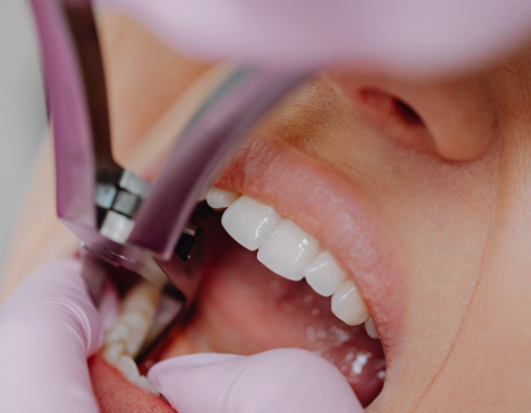Did you know that some sunglasses can actually be doing your eyes more harm than good? This post examines what you need to consider when selecting the best sunglasses for your eye health.
The advent of summer fills most Australians with a renewed commitment to sun protection. However, as Sydney Ophthalmologist Dr David Robinson reveals, the wrong choice of sun protection for our eyes can mean that we are actually increasing our risk of cancer.
Many people confuse polarized lenses, which reduce glare, and glasses which offer UV protection. “Sunglasses which do not filter out UV light actually result in an elevated melanoma risk to the back of the eyes,” says Dr David Robinson. “Some dark sunglasses, in particular, filter out the visible light meaning that our pupil size increases thus allowing more UV light into the back of the eye, which can increase people’s risk of melanoma at the back of the eye.”
Whilst not advocating that we ditch our sunnies completely, Dr Robinson advises that we need to be prudent in our selection. “We need to buy sunglasses which 100% satisfy the Australian standards,” he said.
Since July 1, 2019, all sunglasses sold in Australia must be tested and labelled according to the Australian/New Zealand Standard for Sunglasses and Fashion Spectacles (AS/NZS 1067:2016 Eye and face protection: Sunglasses and fashion spectacles). This standard specifies the limits for the allowable light and ultraviolet radiation (UVR).
Unfortunately, the advent of online shopping in particular, means that many consumers are now purchasing and wearing sunglasses well below these standards, and this can have devastating effects on their health.
Apart from reducing the risk of melanoma to the back of the eyes, effective sunglasses also reduce the risk of many other eye health conditions. Cataracts (a clouding of the lens of the eye) are generally thought to be caused by long term, unprotected exposure to UVR (with age, smoking, diabetes and family history also contributing factors).
Similarly, ptergium (a fleshy overgrowth of the conjunctiva or membrane on the surface of the eye) is also thought to be caused by too much exposure to UVR. Australia has one of the highest rates of ptergium in the world due to our lifestyle and climate. Dr Robinson advises consumers to consider sunglasses with appropriate side protection, such as wrap arounds. “Sunglasses which wrap around help prevent ptygerium from occurring,” Dr Robinson explains.
Dr Robinson also recommends people look for sunglasses with as large a lens as possible in order to prevent as much UVR from entering the sides of the glasses as they can. This helps protect against basal cell carcinomas (BCCs). More than 50% of BCCs of the eyelid initially occur on the lower lid of the eye, a place most people are unlikely to protect with sunscreen lotion[1]. Large sunglasses that overlap the lower lid help prevent this condition.
Dr Robinson’s other top tip for choosing sunglasses is to consider the need for impact protection (with plastic lenses much less likely to shatter than glass).
“It’s also important to remember what our mothers told us when we were young: never look directly into the sun and don’t forget to slip, slop, slap,” he said.




